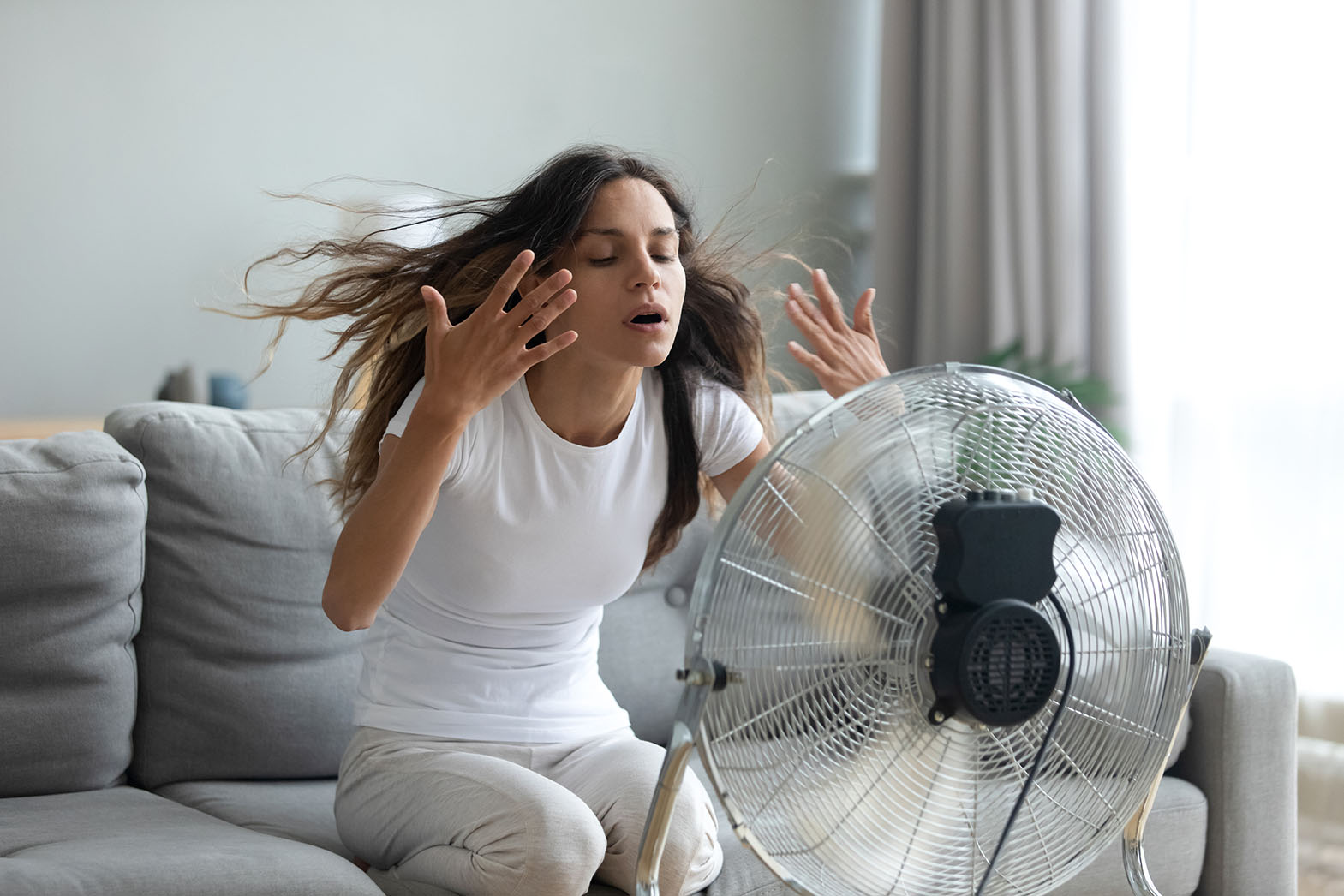
< Back
ventilate
Definition
Ventilation is the process of moving air into and out of a space to improve indoor air quality. It can be done naturally or mechanically.
Natural ventilation is the movement of air caused by differences in temperature and pressure. This can be done by opening windows and doors, or by using vents.
Mechanical ventilation uses fans or air conditioners to move air. This is often used in buildings where natural ventilation is not possible, such as tall buildings or airtight homes.
Ventilation is important for a number of reasons. It can help to:
- Remove harmful pollutants from the air, such as smoke, dust, and pollen.
- Improve air quality and reduce the risk of respiratory problems.
- Prevent the spread of germs and diseases.
- Keep the air cool and comfortable.
- Reduce energy costs by preventing the buildup of heat and humidity.
How can the word be used?
The doctor ventilated the patient's lungs.

Different forms of the word
Noun:
- the process of supplying or exchanging air in a room or other enclosed space.
- the process of expressing one's thoughts or feelings freely.
Verb:
- to supply or exchange air in a room or other enclosed space.
- to express one's thoughts or feelings freely.
Etymology
The word "ventilate" comes from the Latin word "ventilare", which means "to fan" or "to blow".
The first recorded use of the word "ventilate" in English was in the 16th century.
Question
When might something need to be ventilated?
AQA Science Exam Question and Answer
Question:
Explain the process of ventilation in the human respiratory system. Describe the role of the diaphragm and intercostal muscles in facilitating inhalation and exhalation.
Answer:
Ventilation is the process of breathing, which involves the movement of air in and out of the lungs to exchange oxygen and carbon dioxide. This process occurs due to the coordinated action of various respiratory muscles, including the diaphragm and intercostal muscles.
During inhalation, the diaphragm contracts and moves downward, while the intercostal muscles between the ribs contract, causing the ribcage to expand. This expansion increases the volume of the chest cavity, creating a lower pressure compared to the atmospheric pressure. As a result, air is drawn into the lungs from the external environment, carrying oxygen needed for cellular respiration.
During exhalation, the diaphragm relaxes and moves upward, and the intercostal muscles relax, causing the ribcage to return to its original position. This reduces the volume of the chest cavity, increasing its pressure above atmospheric pressure. Consequently, air rich in carbon dioxide is expelled from the lungs, allowing for the elimination of waste gases.